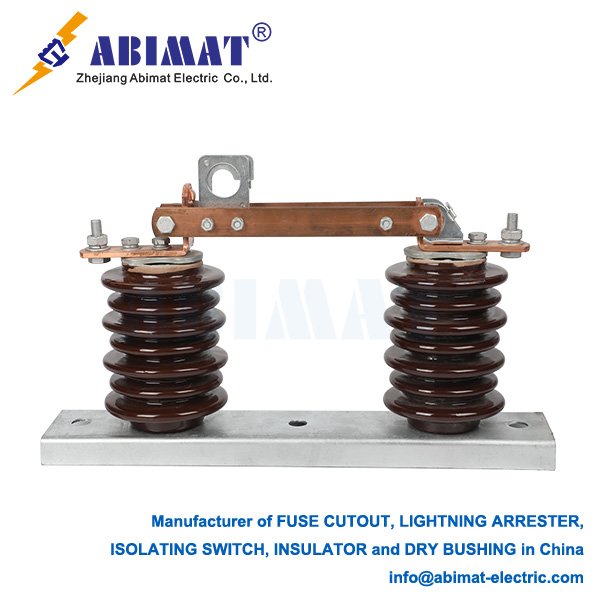150 kV Disconnecting Switches: Critical Components for High-Voltage Safety
A 150 kV disconnecting switch (isolation switch) serves as a fundamental safety device in high-voltage electrical networks. Its primary function is to establish a visible, physical air gap in de-energized circuits, ensuring safe isolation during maintenance or repair operations. Crucially, it lacks arc-interruption capability and must operate only after upstream circuit breakers have cleared the circuit of load current.

Design and Operational Principles:
Visible Isolation: Provides unambiguous visual confirmation of circuit disconnection—a critical safety requirement exceeding purely electrical indicators.
Contact Configuration: Employs double-break contacts per phase, creating two series air gaps. This design significantly enhances dielectric strength compared to single-break types, improving reliability at 150 kV.
Actuation Mechanism: Utilizes robust motorized drives (typically brushless DC motors) with closed-loop position and speed control. Precision control prevents unsafe partial engagement and ensures consistent operation across environmental conditions.
Insulation System: Relies on high-strength polymer composite or porcelain insulators, specifically rated for 150 kV operation, to withstand system voltage and transient overvoltages.
Key Safety and Performance Features:
I. Electrical Integrity: Engineered to withstand standard power frequency withstand voltages (e.g., 275 kV AC) and lightning impulse withstand voltages (e.g., 650 kV BIL) as per IEC 62271-102. Maintains insulation integrity during transient recovery voltage (TRV) events.
II. Interlocking Systems: Integrates mandatory mechanical and/or electrical interlocks with associated circuit breakers. This prevents operation under load—a critical safeguard against catastrophic failure.
III. Environmental Protection: Features corrosion-resistant alloys for mechanical components and hydrophobic silicone rubber coatings on composite insulators. This mitigates performance degradation from pollution, salt fog, or industrial contaminants.
IV. Mechanical Endurance: Designed for a minimum mechanical life of 10,000 operations under rated conditions, ensuring long-term reliability.
Applications and Technological Integration:
Core Applications: Essential in substations for isolating transformers, bus sections, feeders, and transmission lines. Widely used in renewable generation facilities (e.g., solar farms, wind parks) for DC array isolation and grid connection points.
Advanced Control & Monitoring: Modern switches incorporate digital signal processor (DSP)-based control systems. These provide real-time monitoring of blade position, motor torque, and operating speed, enabling predictive maintenance and fault detection (e.g., jamming, incomplete closure).
Innovation Trends: Development focuses on integrating IoT sensors for continuous condition monitoring (contact resistance, insulator pollution levels) and exploring hybrid designs incorporating solid-state elements for niche arc-less interruption applications.
Standards and Certification:
Design, testing, and certification strictly adhere to international standards:
IEC 62271-102: Governs requirements, dielectric testing, mechanical endurance, and temperature rise tests.
ANSI/IEEE C37.32: Specifies American standards for ratings, construction, and testing.
Independent certification by bodies like KEMA or UL validates compliance and safety performance.
Critical Operational Protocol:
Disconnecting switches function solely as isolation devices. Strict operational sequences are mandatory:
I. De-energize the circuit via the upstream circuit breaker.
II. Verify absence of voltage.
III. Operate the disconnecting switch to open position.
IV. Apply lockout/tagout (LOTO) safety devices.


